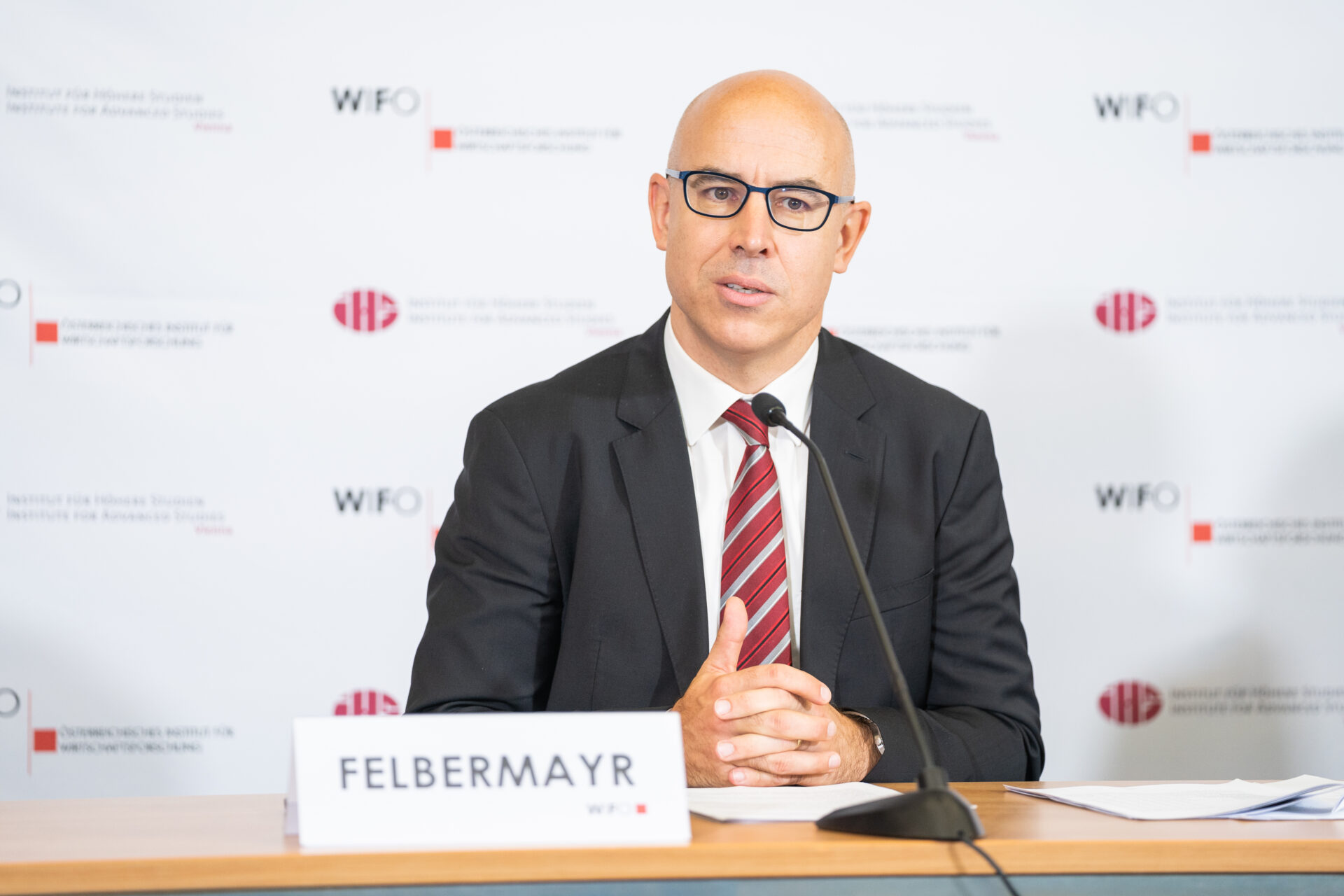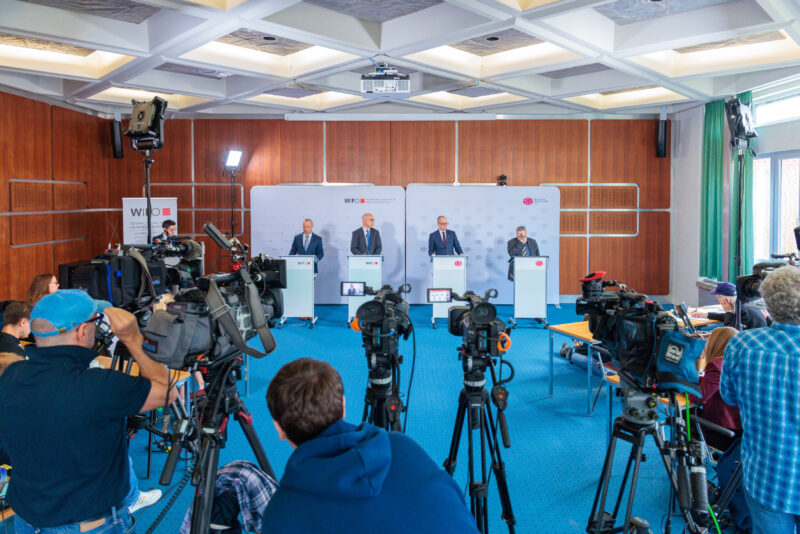
New Lockdown Delays Economic Recovery in Austria
"In 2022, those sectors that were affected by regulatory restrictions in 2021 will grow strongly, especially retail trade, accommodation and food services, and other consumer-related services. The upswing in industry will continue as supply bottlenecks gradually dissipate. However, the catch-up potential here has already been exhausted", says Stefan Ederer, author of the current WIFO forecast.
The strong economic recovery in Austria in spring and summer 2021 is slowing down in the second half due to the renewed lockdown, persistent supply bottlenecks and high commodity prices. In 2022, the economy should recover quickly after the restrictions are lifted. Strong growth is expected for 2022 as a whole due to the gradual unwinding of the barriers. In 2023, the Austrian economy then swings to a moderate growth path. The labour market develops favourably in the forecast period. Inflation will remain high in 2022.
The Austrian economy will grow strongly in 2021. However, the renewed official restrictions to contain the COVID-19 pandemic, persistent supply bottlenecks and high commodity prices will dampen the recovery in the second half of the year. GDP is expected to contract in the fourth quarter.
The upswing should nevertheless continue in 2022. As in past opening phases, private household consumption expenditure will increase strongly after the restrictions are lifted. Supply bottlenecks should also gradually ease in the course of 2022, removing obstacles to production and allowing planned investment projects to be implemented. From the second half of 2022, the Austrian economy will shift to a moderate growth path. After 4.1 percent in 2021, GDP will grow by 5.2 percent in 2022 and by 2.5 percent in 2023.
The favourable development on the labour market will continue in the forecast period. Employment is expected to continue to rise and the unemployment rate to decline. In 2022, the unemployment rate will be below its pre-crisis level again.
Although commodity prices will remain high well into 2022, they are expected to gradually decline due to the slowdown in global demand, dampening domestic inflation. In 2023, inflation will approach the European Central Bank's target of 2 percent.
The general government fiscal balance in 2021 will again be marked by high spending to address the healthcare crisis and government aid programmes, and will be clearly negative. Automatic stabilisers and the expiry of numerous support measures will contribute to a significant improvement in the balance in 2022 and 2023, despite the revenue shortfall from the tax reform.
This forecast is based on the assumption that the lifting of restrictions in Austria announced in mid-December will be implemented accordingly. It is also assumed that the introduction of compulsory vaccination will lead to an increase in the vaccination rate, so that the dampening effect on economic activity of the restrictions still in place for the unvaccinated will gradually weaken. A possible renewed flare-up of the pandemic, for example by the omicron variant of the SARS-CoV-2 virus, and possible renewed restrictions on economic activity, on the other hand, were not taken into account in this forecast.
























